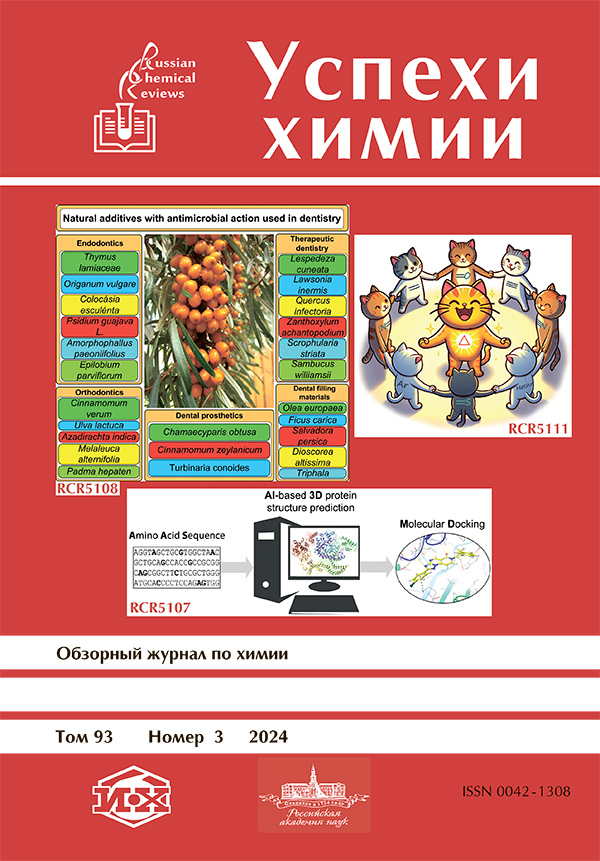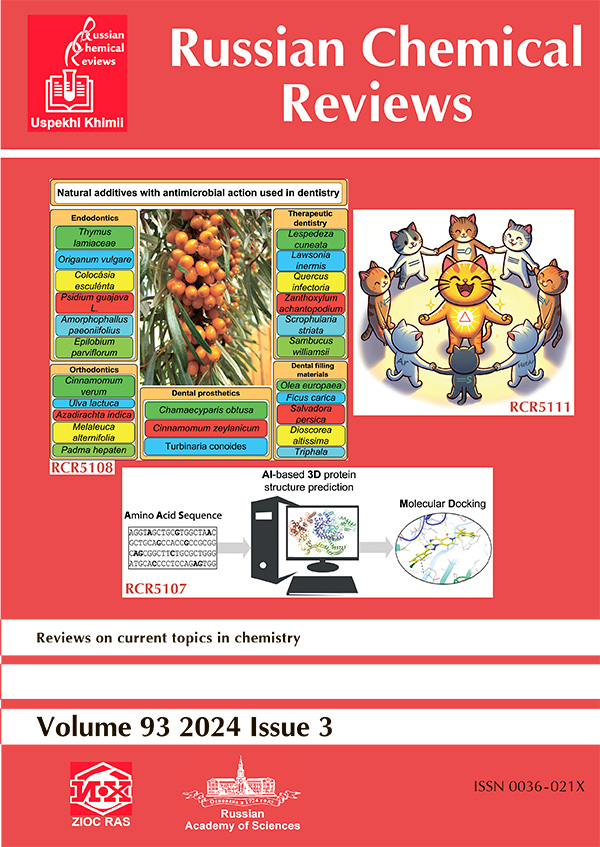|
AlphaFold for a medicinal chemist: tool or toy?
Ya. A. Ivanenkovab, S. A. Evteevab, A. S. Malyshevab, V. A. Terentievab, D. S. Bezrukovc, A. V. Ereshchenkoab, A. A. Korzhenevskayaa, B. A. Zagribelnyyc, P. V. Shegaia, A. D. Kaprinda
a P.Hertsen Moscow Oncology Research Institute, Moscow, Russian Federation
b Dukhov Automatics Research Institute (VNIIA), Moscow, Russian Federation
c Department of Chemistry, Lomonosov Moscow State University, Moscow, Russian Federation
d Peoples' Friendship University of Russia (RUDN), Moscow, Russian Federation

Abstract:
The development of novel small drug molecules can be attributed to complex and important cross-disciplinary tasks. In the early stages of development, chemoinformatics and bioinformatics methods are routinely used to reduce the cost of finding a lead compound. Among the tools of medicinal chemistry, docking and molecular dynamics occupy a special place. These methods are used to predict the possible mechanism of binding of a potential ligand to a protein target. However, in order to perform a docking study, it is necessary to know the spatial structure of the protein under investigation. Although databases of crystallographic structures are available, the three-dimensional representations of many protein molecules have not been reported. There is therefore a need to model such three-dimensional conformations. Several computer algorithms have been published to solve this problem. AlphaFold is considered by the scientific community to be the most effective approach to predicting the three-dimensional structure of proteins. However, the scope of its application in medicinal chemistry, especially for virtual screening, remains unclear. This review describes methods for predicting the three-dimensional structure of a protein and provides representative examples of the use of AlphaFold for the design and rational selection of potential ligands. Special attention is given to publications presenting the results of experimental validation of the approach. Based on the analysis carried out, the main problems in the field and possible ways to solve them are formulated.
The biblography — 154 references.
Keywords:
AlphaFold, medicinal chemistry, molecular docking, drug, neural network, machine learning.
Received: 02.11.2023
Citation:
Ya. A. Ivanenkov, S. A. Evteev, A. S. Malyshev, V. A. Terentiev, D. S. Bezrukov, A. V. Ereshchenko, A. A. Korzhenevskaya, B. A. Zagribelnyy, P. V. Shegai, A. D. Kaprin, “AlphaFold for a medicinal chemist: tool or toy?”, Usp. Khim., 93:3 (2024), RCR5107; Russian Chem. Reviews, 93:3 (2024), RCR5107
Linking options:
https://www.mathnet.ru/eng/rcr4455https://doi.org/10.59761/RCR5107
|


| Statistics & downloads: |
| Abstract page: | 96 |
|



 Contact us:
Contact us: Terms of Use
Terms of Use
 Registration to the website
Registration to the website Logotypes
Logotypes